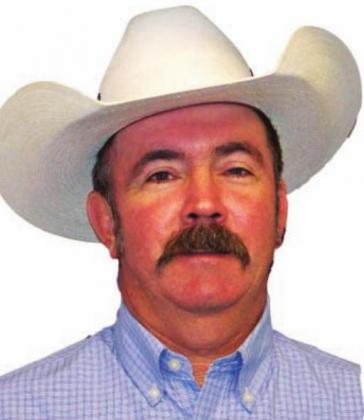We have had relatively warm weather and the late season rains we were so lucky to receive helped extend everyone’s grazing season. Where we were looking at the possibility of having to start feeding in September, most were able to delay hay feeding for a month or more. However, most folks will soon be feeding on a regular basis.
Some hay waste during feeding is a fact of life and depending on the feeding system losses can be extensive and very costly. Minimizing losses should be a goal of all producers.
Everyone knows hay feeders greatly improve feeding efficiency, putting out a 7-day supply of hay without using feeders will result in an average of 43% loss. Compared to 5.4% loss using hay rings, that is a lot of lost hay and money. Hay feeders are not cheap but when you are looking at almost a 40% difference in loss the cost of the hay rings is justified. Usually a hay ring has enough space for 10 head of mature cows. So, for a 30-cow herd at approximately 30lbs of hay/day per cow you are looking at roughly 1 bale per day. If you purchase 3 rings and put out 3 rolls at a time you will have a 3-day supply of hay. This will also allow all the cattle to get around a feeder and not just the 10 old bossy cows. Various styles of bale feeders are available from the old ring type to solid wall and cone type feeders. Research has shown that the cone type feeders have the least loss at 3.5%, but they are usually the costliest. Using a regular ring feeder with 4 rings on the bottom or a solid skirt around the bottom are also very effective with 3.5 to 6% losses.
Another option is to unroll only what the cattle will eat during one day or one feeding. This is a very effective method of feeding and usually results in low losses, so long as you are limit feeding. If you put out more than one feeding worth of hay the cattle will trample the hay and feed losses will go up exponentially. Daily feeding is much more time consuming, but it is the only way I would recommend feeding when unrolling hay. Otherwise cattle are going to trample and use for bedding a large portion of the hay. Unrolling hay is also not nearly as effective on wet or boggy ground. Although it does not look like we will be seeing much of that this winter. Unrolling hay is also an excellent method of putting nutrients back into the soil.
Feeding hay on pastures or even hay meadows is an excellent way to recycle nutrients. On average, but dependent of your hay quality, every ton of hay will contain 40 to 60 lbs. of N, 6 lbs. of phosphorus(P), and 30 to 50 lbs. of potash(K). A very large portion of these nutrients are going to be excreted through manure and urine, typically 85 to 95% of the N is excreted. Constantly moving your hay feeding area either by unrolling or simply moving rings every feeding or two will help to distribute this manure and nutrients across your fields.
There are some other methods of feeding hay, but these are the most common methods used in the area. Using some type of feeder or limit feeding by unrolling on pastures and hay meadows can greatly decrease hay loss and help to spready nutrients across your fields when compared to either confinement feeding or simply feeding in the same area all winter.

